The Owl’s Night Continues
Electron
Rocket Lab
Trajectory
View comprehensive details including the rocket’s trajectory, velocity, altitude, thrust, and more at FlightClub.io.
Mission
StriX-β (The Owl’s Night Continues)
- Type: Earth Science
- Orbit: Sun-Synchronous Orbit
- Launch Cost: $6,000,000
StriX β is a Japanese synthetic aperture radar satellite built by Synspective as a demonstrator for their planned 25 satellite constellation. It will feature an X-band synthetic aperture radar.
StriX β is an upgraded version of the StriX α prototype. The satellite features two deployable panes, one side carrying solar cells, the other carrying the X-band radar antenna.
The StriX satellite constellation can target data with a ground resolution of 1-3 m, single polarized (VV), and a swath width of more than 10-30 km. The StriX observation modes are Stripmap and Sliding Spotlight mode and each satellite has an SAR antenna that is 5 meters in length and stowed during launch. The simple design of the satellites allows for affordable development of the constellation.
StriX β was planned to be launched in 2021 on a Soyuz-2-1a Fregat or Soyuz-2-1b Fregat rideshare mission, but as this mission was delayed, it was re-booked on a dedicated Electron KS launch.
Synspective is planning a constellation of 25 satellites called StriX, comprised of 100-kilogram satellites capable of imaging at a resolution of one to three meters. By 2022 the company plans to have six satellites in orbit. The company has not set a date by which it hopes to achieve 25 satellites.
Location
Rocket
Rocket Lab Electron
Electron is a two-stage orbital expendable launch vehicle (with an optional third stage) developed by the American aerospace company Rocket Lab. Electron is a small-lift launch vehicle designed to launch small satellites and cubesats to sun-synchronous orbit and low earth orbit. The Electron is the first orbital class rocket to use electric-pump-fed engines, powered by the 9 Rutherford engines on the first stage. It is also used as a suborbital testbed (called HASTE) for hypersonics research.
Landing
Core 24
Booster 24 last launched 02/28/2022 and has seen 0 successful launches and landings. Booster used during the “The Owl’s Night Continues” mission
South Pacific – PAC
Pacific Ocean off the coast of Mahia Peninsula, New Zealand.
Expended – EXP
Vehicle did not perform any landing operations after launch
Agency
Rocket Lab
Rocket Lab is an American aerospace manufacturer with a wholly owned New Zealand subsidiary. The company develops lightweight, cost-effective commercial rocket launch services. The Electron Program was founded on the premise that small payloads such as CubeSats require dedicated small launch vehicles and flexibility not currently offered by traditional rocket systems. Its rocket, the Electron, is a light-weight rocket and is now operating commercially. The company is also producing a variety of spacecrafts and spacecrafts components.
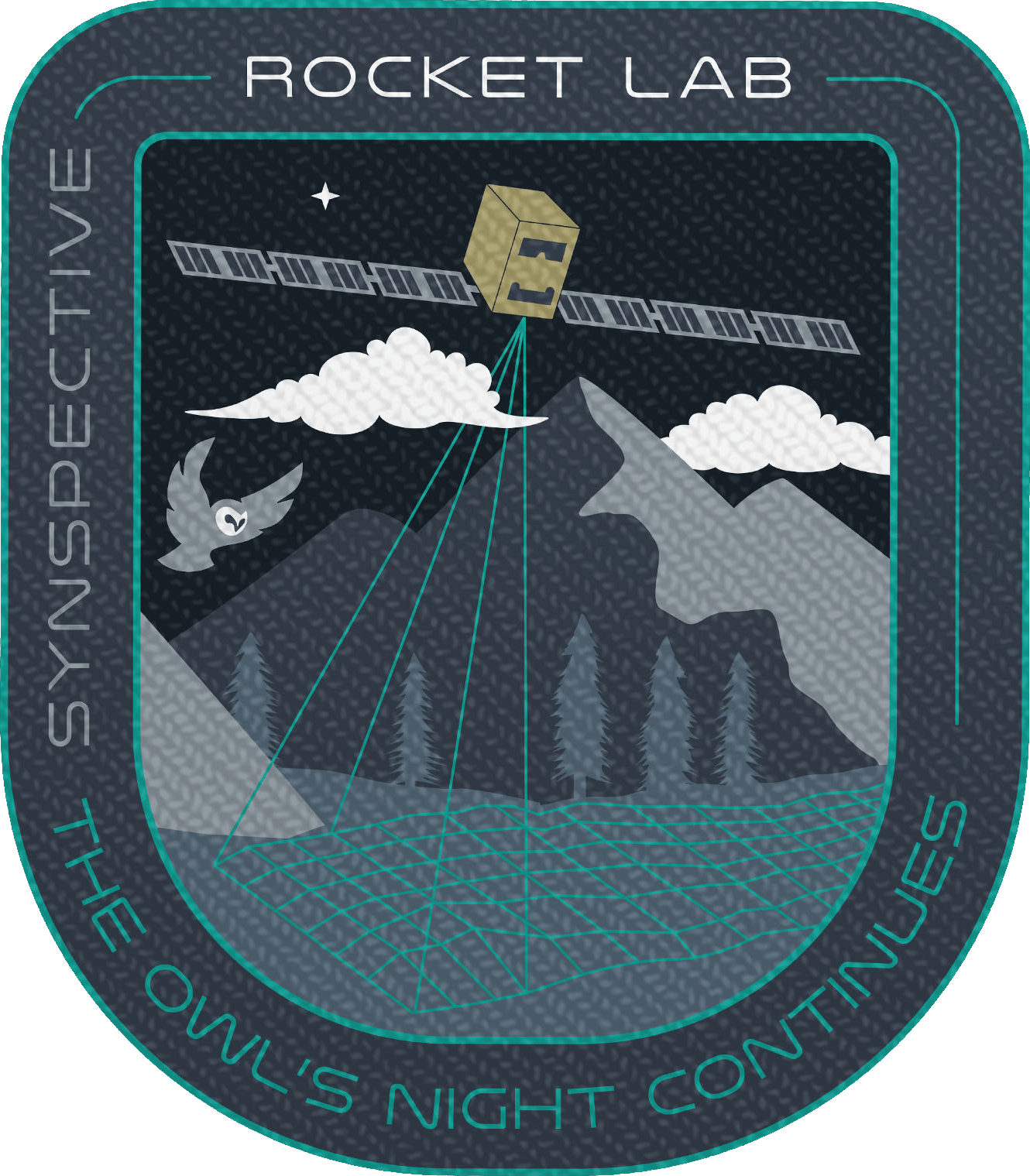
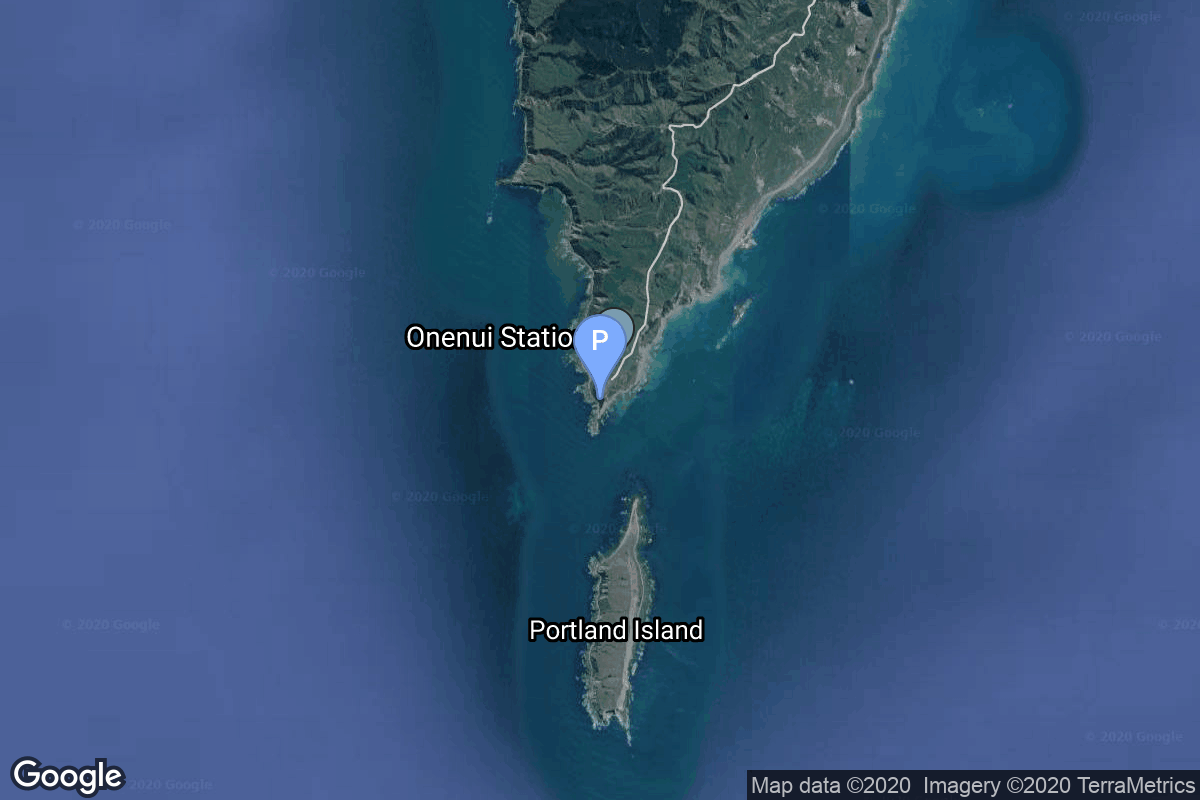
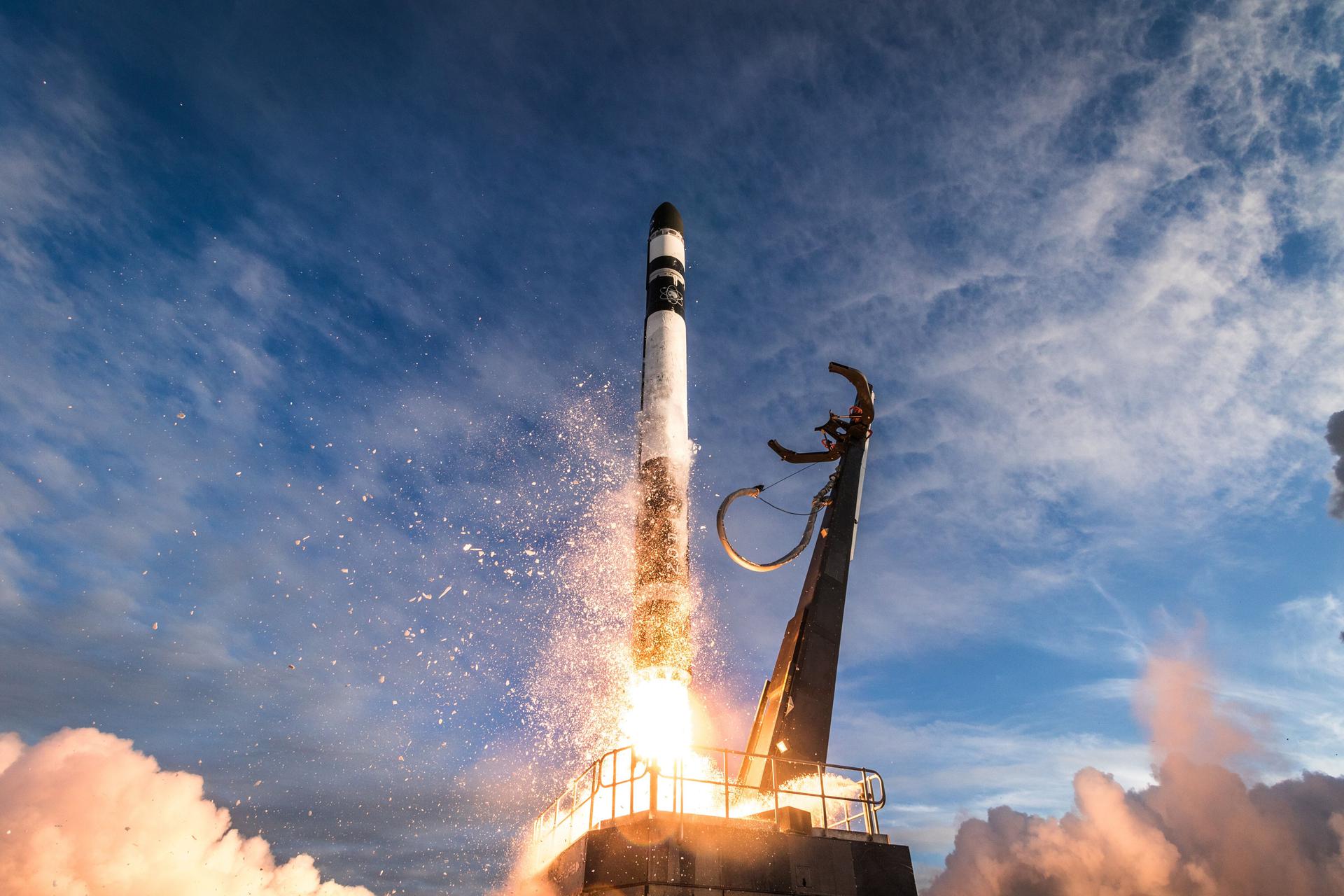
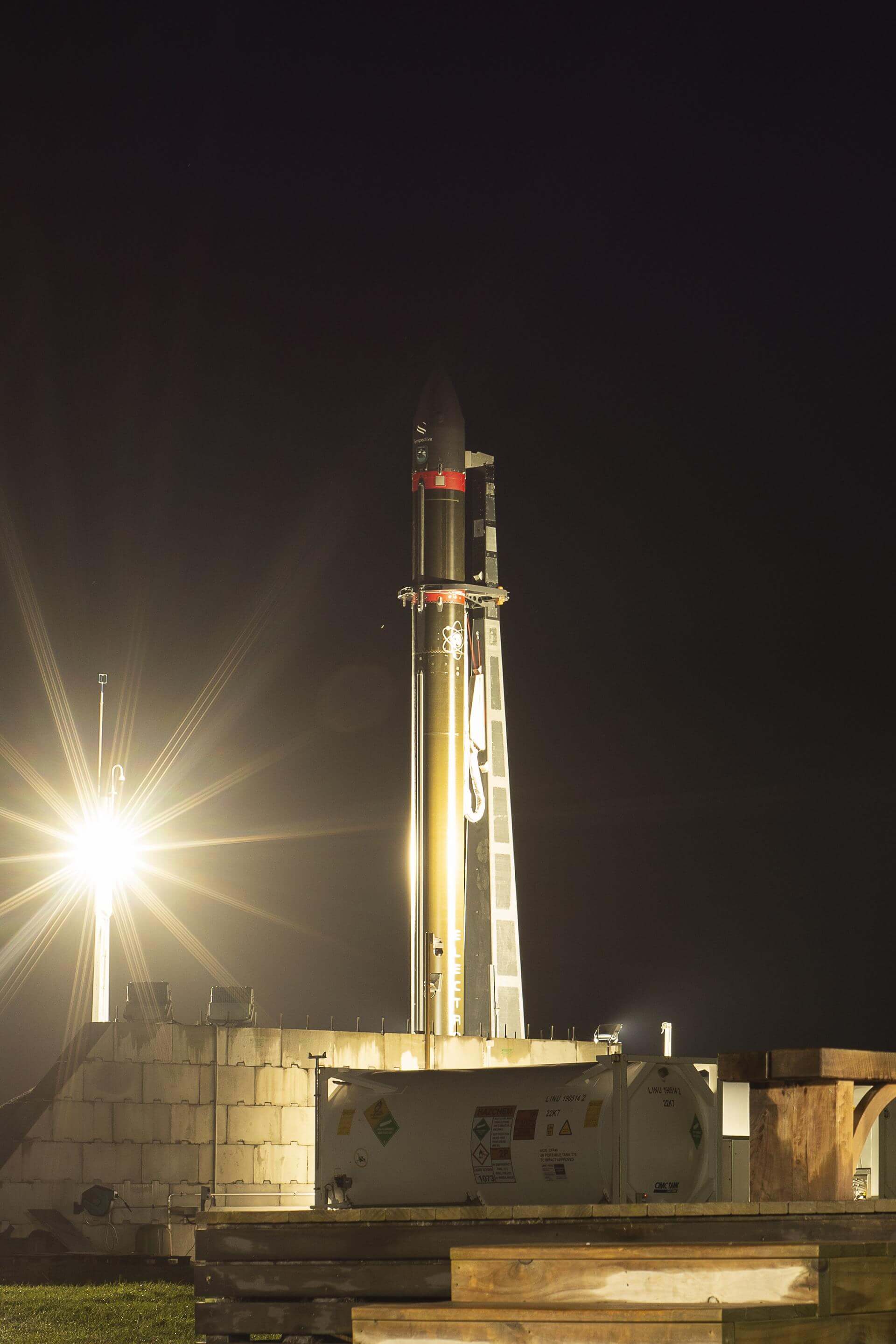
Good luck “Rocket Lab” with the launch and “Synspective” with your planned 25 satellites in the future , it sounds like the satellite design is simple and cost effective a perfect combination for success.
Great live coverage Rocket Lab and another successful mission well done to all involved . Keep on keeping on .